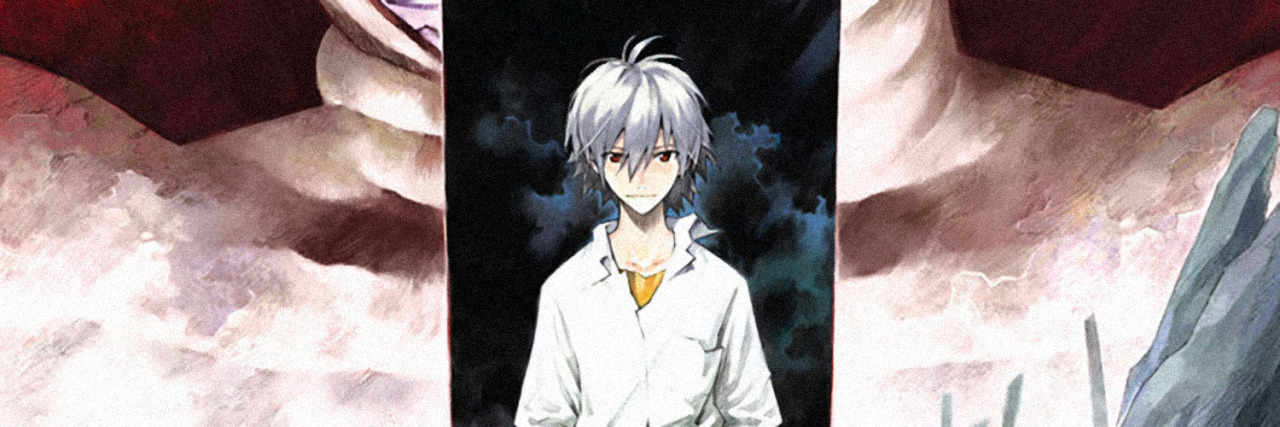
Full Answer
What does OAD and ova mean in the context of anime?
Specifically, the term OAD refers to companion DVD's that are bundled with a source manga. Originally Answered: What does "OAD" and "OVA" mean in the context of anime?
What are the OADs (original animation DVDs)?
They were released as part of several bonus DVDs, which is why they are also called OADs (Original Animation DVDs). As for their content, episodes 1-3 feature Hange Zoe trying to capture their first live Titan, along with a look back at the 104 th Cadet Corps’ initial training.
What is an anime OVA series?
There are some anime that are called OVA series. This does not mean that they are fillers (how can an entire series be a filler?) it just means that the anime is an original animation and not derived from a manga. What is the meaning and purpose of an anime OVA and how does it relate to the original series?
What are original animation videos (OAV)?
Sometimes, these are referred to as OAVs or, Original Animation Videos. These types of episodes are characterized by the fact that they are released directedly to DVD or some kind of at-home format, which means you can't see them in theaters or on TV when they first come out.

What is an OAD episode in anime?
In anime, an OAD is an Original Animation DVD. Sometimes, these are referred to as OAVs or, Original Animation Videos.
What does OAD mean on Crunchyroll?
Posted 2/22/17 , edited 2/22/21. According to Wiki, OAD is OVA on DVD.
What's the difference between OAD and OVA?
The difference between OAD and OVA is that OAD is a type of OVA. OAD specifically refers to OVA bundled in limited edition manga volumes. An OVA is an anime that was originally released as a disc, rather than airing on the TV first.
What OAD means?
Original Animation DVD, an anime release bundled with its source-material manga; see original video animation.
What does OAD mean in AOT?
Attack on Titan produced eight OADs–Original Animation DVDs–that were bundled together with the anime's manga releases between 2013 and 2018.
What does AoD stand for anime?
AoD stands for Anime on DVD (Anime web site)
What does OADS mean?
OADSAcronymDefinitionOADSOptical Air Data SystemOADSOptical Add/Drop SwitchOADSPan Arab Organization for Social Defence Against CrimeOADSOrbital Anvil Delivery System3 more rows
What is ODA and OVA?
ODA : no idea. OVA : Original video animation(direct-to-video/DVD)
Does OVA mean uncensored?
OVAs are not special episodes, as its own name states: Original Video Animation (OVA) they were made for video consumption and had no limitations (censorship) with the intention to expand the market to a more mature audience.
What does OWA mean in anime?
Freebase. Ōwa. Ōwa was a Japanese era name after Tentoku and before Kōhō.
What is an anime OAD?
Specifically, the term OAD refers to companion DVD's that are bundled with a source manga. Source: Original video animation. 66.4K views.
What does OAD mean in anime?
Originally Answered: What does "OAD" and "OVA" mean in the context of anime? Original Video Animation (OVA) are anime that don't get released on TV, equivalent to straight-to-video movies like The Lion King 2 or Mulan 2.
What is an OVA in Japan?
Anime/Manga market in japan still relies on physical distribution of manga or DVDs .So, OVA: Are intended for the smaller number of viewer who buy the DVD . Generally,OVAs are not associated with a show,i.e they are mostly non cannonical .
What is an OVA?
An OVA, which stands for Original Video Anime, is basically an anime that’s released straight to the home video market without airing on TV or getting a movie theater run first. They’re also sometimes called OAVs. Sometimes they’re basically bonus episodes for a TV anime, yes, but that’s not always the case.
Is there an anime movie?
Anime movie: As it suggest , it is a movie , it is shown only in theaters . Now , when the anime has stopped airing or has finished a season,a DVD or BD is released with all the episodes and specials of that season for that particular show , It is often here that OVAs are added to the DVD.
Is Mirai Nikki a good OVA?
Mirai Nikki is a good one that comes to mind. While you don' t miss out on the anything in original ending it seems a little ambiguous in my opinion. The OVA highlights the how the ending came to be and it was actually one of the better OVAs I have seen.
Do Ecchi have an OVA?
A lot of ecchi series will have an additional OVA to give watchers a taste of fan service. While they don't serve any sort of cannon plot value, they still let you see the characters in a softer maybe even more comedic light. It's actually pretty common how series will do this.
What is an anime OVA?
The anime OVA is a staple of the industry, but though the term is still in use, its original meaning may have become obscure over time. There are many different terms and phrases in anime fandom and culture, many of which, like shonen or shojo, have to do with the series' genre or demographic. Another incredibly common term is OVA, a term ...
What is the most common anime term?
Another incredibly common term is OVA, a term that has become so ubiquitous it's often bandied about without explanation.
What is an OVA?
Either an independent work in its own right or a type of spin-off animated project, an OVA is a way to create a production independent from a popular anime series while still building off of said popularity.
How many episodes are there in the OVA?
One of the most notable OVA series' is the adaptation of the manga Legend of the Galactic Heroes. Instead of a few mere episodes, this OVA had a grand total of 110 episodes, which was further bolstered by 52 side story episodes.
Is Tenchi Muyo an OVA?
An example of this is Tenchi Muyo, which began as an OVA before being spun off into multiple TV shows. Other franchises such as Higurashi received additional OVA episodes for some of their seasons or even OVA spinoff movies. One of the most notable OVA series' is the adaptation of the manga Legend of the Galactic Heroes.
What are the Attack on Titan OAD episodes?
The Attack on Titan original video animation (OVA) episodes are special episodes that were not aired during the original season but released alongside select volumes of the manga. They were released as part of several bonus DVDs, which is why they are also called OADs (Original Animation DVDs).
Are the Attack on Titan OAD episodes worth watching?
Well, if you’re a true fan of the franchise, the OAD episodes are something you’ll watch. Yours truly, for example, watched every episode of Bleach, including all the fillers, the four non-canon movies, and even the non-canon OVA episode (the second one, not the extended anime episode one), as he loves the show.
Where can you watch the Attack on Titan OAD episodes?
As we have said, all of the OAD episodes were originally released on special bonus DVDs that were released alongside certain volumes of the manga. They were never broadcast on TV and as far as we know, they’re not available for streaming in Japan; they could be found on the DVDs, but you’d have to buy those to view them.
What is the difference between OVA and OAV?
Tokugi claims there is a slight distinction between the terms: OVA "is an industrial term, introduced at the production level to differenciate between anime produced for film or television, and those works that are intended to go 'straight to video' ". OAV is a "marketing term, introduced at the level of distribution to make it clear ...
What is OVA media?
Original video animation, abbreviated as OVA media (and sometimes as OAV, original animated video, by English-speakers, though it was mistaken for "Original Adult Video"), are animated films and series made specially for release in home-video formats. Basically, the media was initially dubbed "OAV" for " o riginal a nimated v ideo".

Popular Posts:
- 1. how to draw anime basic steps
- 2. where to buy anime cardboard cutouts
- 3. would you like fries with that anime
- 4. what anime character has the biggest boobs
- 5. a anime about a magic user that was exiled
- 6. when was anime introduced to america
- 7. how to pitch an anime idea
- 8. aren't you tired of being nice anime
- 9. who is the most overpowered anime character
- 10. where can i see your name anime